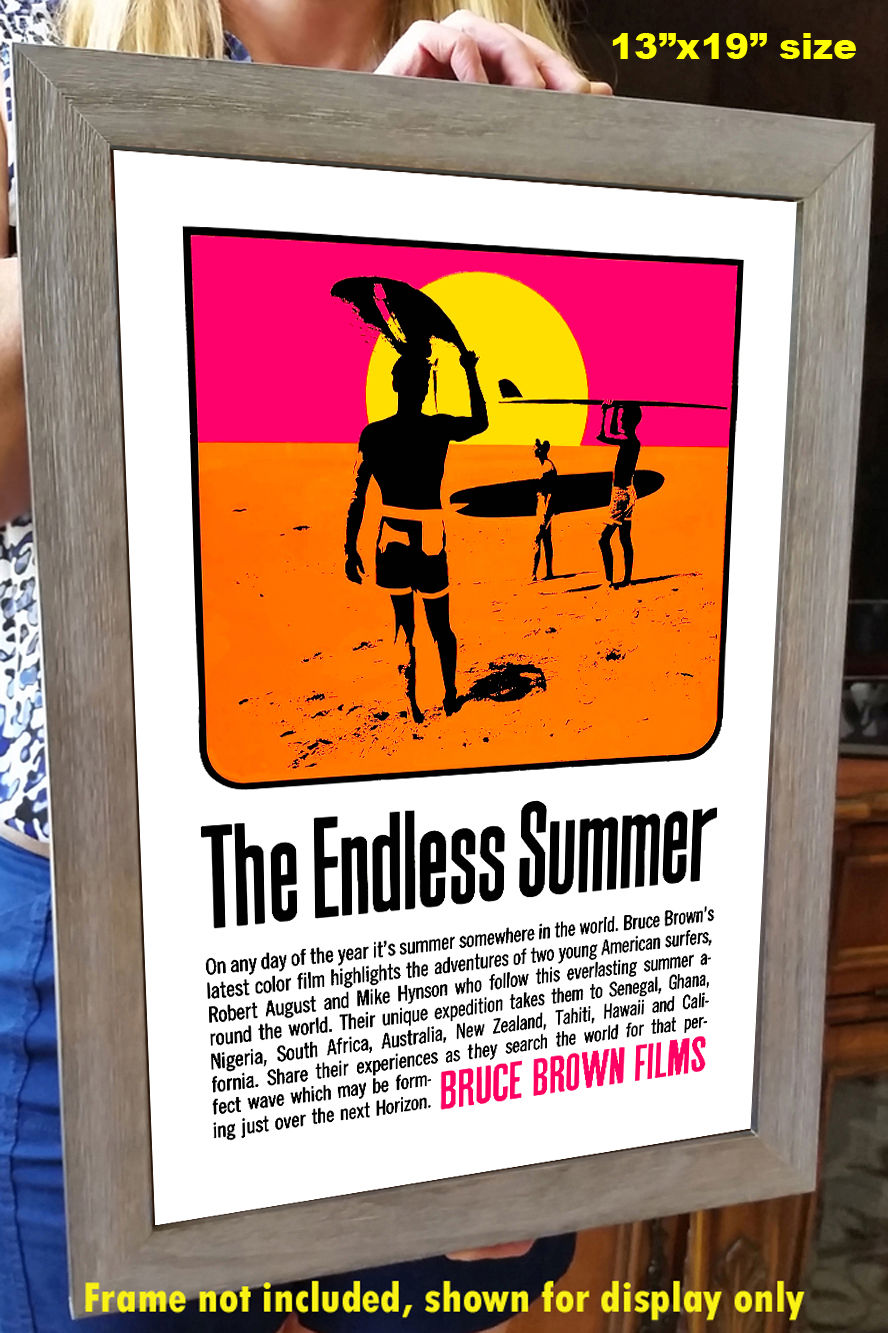This beautiful reproduction poster has been re-mastered from an original 1930’s WPA poster for Carlsbad Caverns National Park. The vibrant colors and detail of this classic image have been painstakingly brought back to life to preserve a great piece of history.
The high-resolution image is printed on heavy archival photo paper, on a large-format, professional giclée process printer. The poster is shipped in a rigid cardboard tube, and is ready for framing.
The 13"x19" format is an excellent image size that looks great as a stand-alone piece of art, or as a grouped visual statement. These posters require no cutting, trimming, or custom sizing, and a wide variety of 13"x19" frames are readily available at your local craft or hobby retailer, and online.
A great vintage print for your home, shop, or business!
History
Carlsbad Caverns
Carlsbad Caverns National Park is an American national park in the Guadalupe Mountains of southeastern New Mexico. The primary attraction of the park is the show cave, Carlsbad Cavern. Visitors to the cave can hike in on their own via the natural entrance or take an elevator from the visitor center.
The park entrance is located on US Highway 62/180, approximately 18 miles (29 km) southwest of Carlsbad, New Mexico. Carlsbad Caverns National Park participates in the Junior Ranger Program. The park has two entries on the National Register of Historic Places: The Caverns Historic District and the Rattlesnake Springs Historic District. Approximately two thirds of the park has been set aside as a wilderness area, helping to ensure no future changes will be made to the habitat.
Carlsbad Cavern includes a large limestone chamber, named simply the Big Room, which is almost 4,000 feet (1,220 m) long, 625 feet (191 m) wide, and 255 feet (78 m) high at its highest point. The Big Room is the fifth largest chamber in North America and the twenty-eighth largest in the world.
In 1898, a teenager named Jim White explored the cavern with a homemade wire ladder. He named many of the rooms, including the Big Room, New Mexico Room, Kings Palace, Queens Chamber, Papoose Room, and Green Lake Room. He also named many of the cave's more prominent formations, such as the Totem Pole, Witch's Finger, Giant Dome, Bottomless Pit, Fairyland, Iceberg Rock, Temple of the Sun, and Rock of Ages.
Max Frisch incorporates the story about White's discovery of the caves in his novel I'm Not Stiller.
The town of Carlsbad, which lends its name to the cavern and national park, is in turn named after the Czech town formerly known by the German name Karlsbad (English spelling Carlsbad) and now known by the Czech name Karlovy Vary, both of which mean "Charles' Bath[s]."
Until 1932, visitors to the cavern had to walk down a switchback ramp that took them 750 feet (230 m) below the surface. The walk back up was tiring for some. In 1932 the national park opened a large visitor center building that contained two elevators that would take visitors in and out of the caverns below. The new center included a cafeteria, waiting room, museum and first aid area.
The Works Progress Administration
The Works Progress Administration (WPA; renamed in 1939 as the Work Projects Administration) was an American New Deal agency, employing millions of job-seekers (mostly unskilled men) to carry out public works projects, including the construction of public buildings and roads. The WPA commissioned artists to create posters and advertisements for everything from local city projects, to national parks.
The WPA was established on May 6, 1935, by Executive Order 7034. In a much smaller project, Federal Project Number One, the WPA employed musicians, artists, writers, actors and directors in large arts, drama, media, and literacy projects. The four projects dedicated to these were: the Federal Writers’ Project (FWP), the Historical Records Survey (HRS), the Federal Theatre Project (FTP), the Federal Music Project (FMP), and the Federal Art Project (FAP). In the Historical Records Survey, for instance, many former slaves in the South were interviewed; these documents are of great importance for American history. Theater and music groups toured throughout America, and gave more than 225,000 performances. Archaeological investigations under the WPA were influential in the rediscovery of pre-Columbian Native American cultures, and the development of professional archaeology in the US.
Almost every community in the United States had a new park, bridge, or school that was constructed by the agency. The WPA's initial appropriation in 1935 was for $4.9 billion (about 6.7 percent of the 1935 GDP).
Headed by Harry Hopkins, the WPA provided jobs and income to the unemployed during the Great Depression in the United States, while developing infrastructure to support the current and future society.
Above all, the WPA hired workers and craftsmen who were mainly employed in building streets. Thus, under the leadership of the WPA, more than 1 million km of streets and over 10,000 bridges were built, in addition to many airports and much housing.
top of page
$19.95Price
Color: Blue
These are simply the best posters available! You will be thrilled with the image quality, vivid colors, fine paper, and unique subjects.
Our posters are sized for standard off-the-shelf frames, with no custom framing required, providing huge cost savings!
Related Products
bottom of page

































